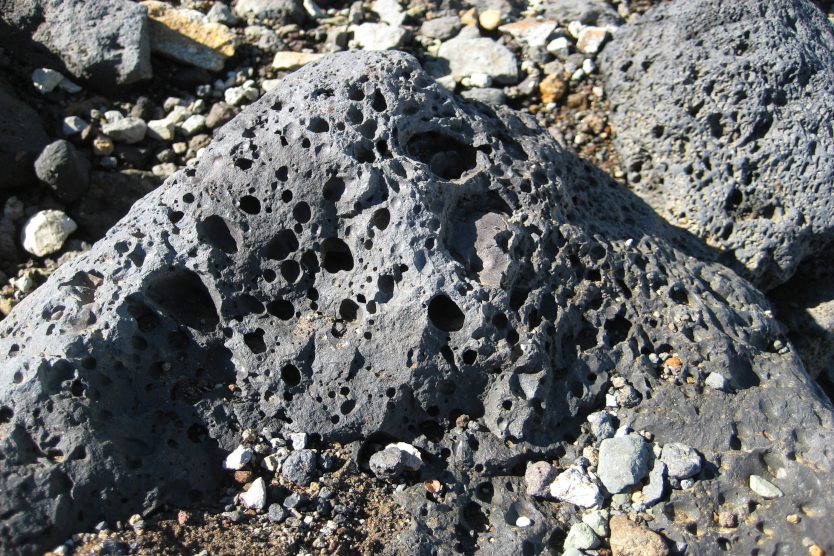
An ancient solution for energy storage exists in the form of volcanic rock.
© Pixabay
Lack of energy storage solutions remains an impediment to the process of transforming Germany’s energy supply towards renewables. In the wind-swept, northernmost parts of Germany, wind turbines often have to be shut down because the network simply can’t absorb the electricity.
But an ancient solution exists in the form of volcanic rock: a pilot plant in Hamburg-Altenwerder, northern Germany, has proved highly effective in storing excess wind power inside 1,000 tonnes of volcanic pebbles. The plant, which is owned by Siemens Gamesa Renewable Energy GmbH, a designer of wind power technology, was opened in July last year in partnership with the Institute for Engineering Thermodynamics at the Hamburg University of Technology and the local utilities provider Hamburg Energie GmbH, which distributes the stored energy using its renewable energy aggregation platform.
The technology used in the 130 megawatt-hour plant is straight-forward: electrical energy is converted into hot air using a resistance heater, which brings the heat up to 750 degrees centigrade. When the energy is needed, for example during peak demand, the heat is then used to drive steam turbines which generate electricity.
The facility can hold energy thermally for up to a week – and the capacity remains constant throughout cycles. On launching the facility, Siemens Gamesa highlighted the fact that in the future, decommissioned coal plants could be converted into volcanic storage facilities like the one at Altenwerder at relatively low cost, using standard components. The project has been funded by the Federal Ministry of Economics and Energy (BMWi).


